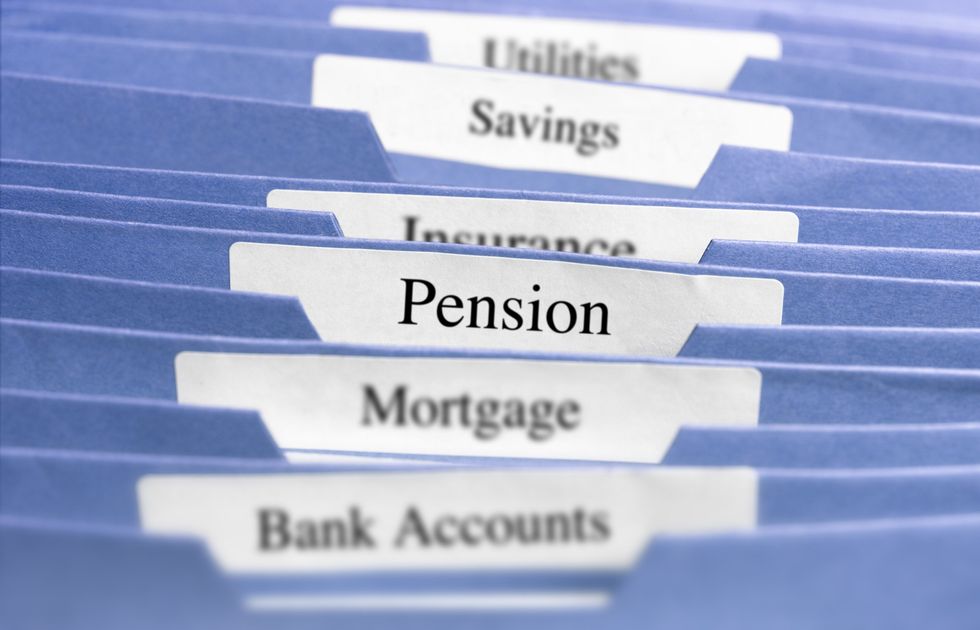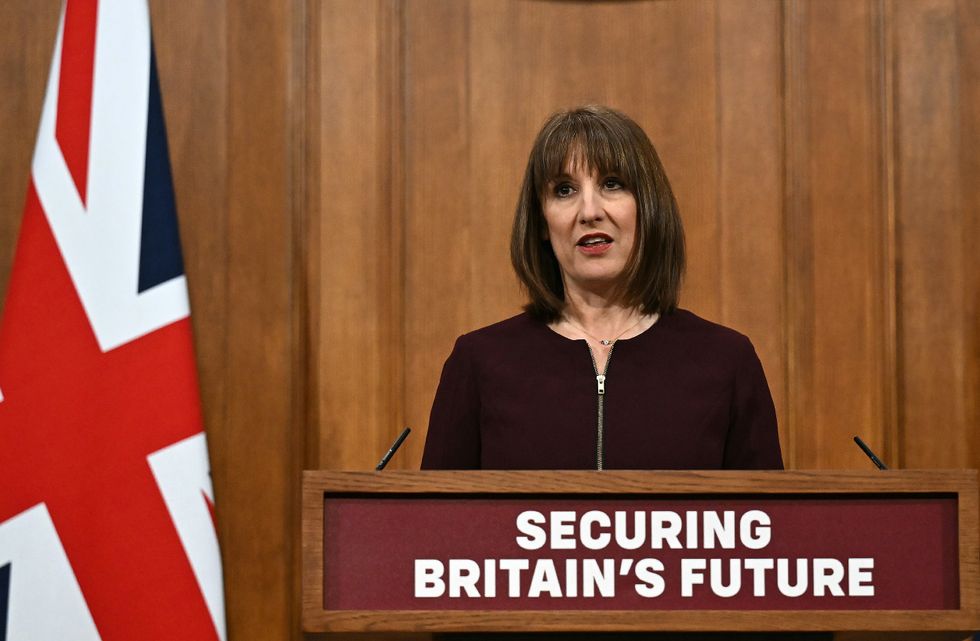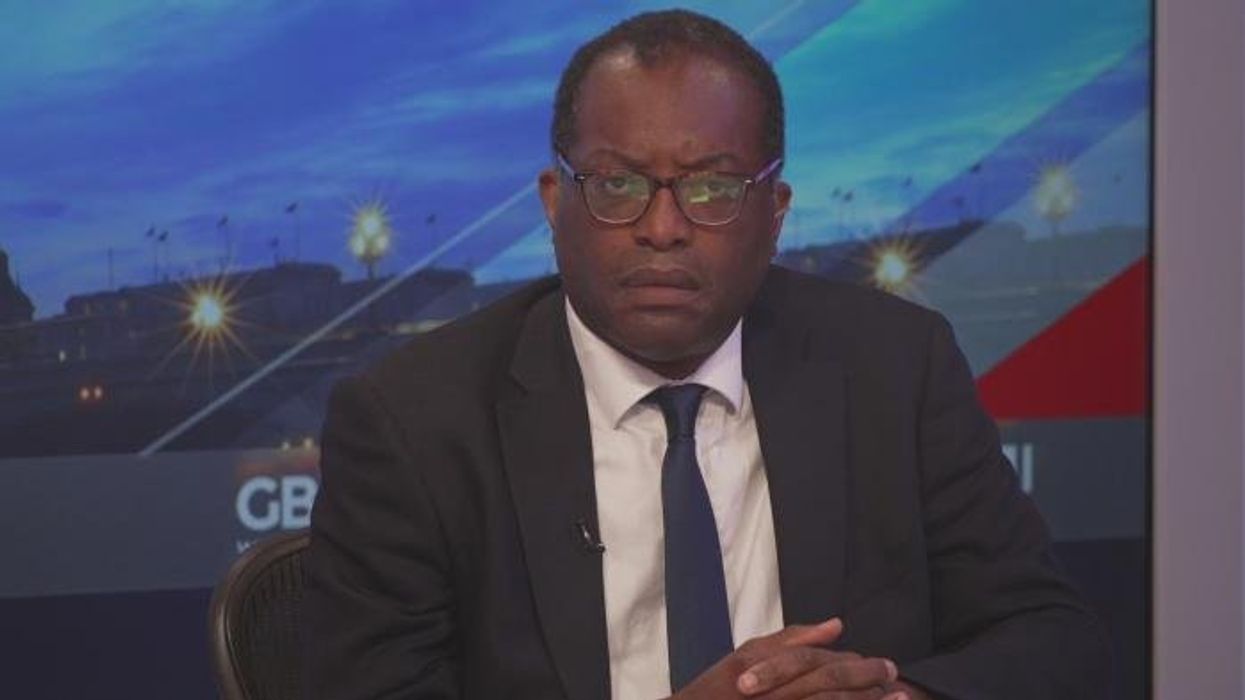Public sector pensions branded 'glaring inequality' as taxpayers to foot record £59BILLION bill next year

The gap between gold-plated public sector pensions and private sector payouts is widening after the latest inflation-linked increase boosted retirement incomes for millions of state workers
Don't Miss
Most Read
Taxpayers are facing a growing bill for Britain’s public sector pensions, which are set to cost a record £58.9billion next year.
The sharp rise follows September’s inflation figure of 3.8 per cent and will add another £2.1billion to Treasury spending for 2025-26.
Former Bank of England economist Neil Record warned that the increase - more than double last year’s rise - will have a lasting impact on taxpayers.
His analysis suggests the inflation-linked boost could add around £52billion to the national bill over the next two decades, even if inflation stays at the government’s 2 per cent target.
It comes as Chancellor Rachel Reeves prepares to deliver her second Budget on November 26, with growing pressure to tackle the strain on public finances as the cost of public sector pensions continues to climb.
Neil Record described the disparity as a "glaring inequality", noting that "no other retiree group gets occupational pensions anything like this good and the Government really needs to address this glaring inequality."
The pension obligations will persist for approximately two decades, matching typical retirement lifespans.
Mr Record explained: "This increase is permanent, and the average pensioner lives about 20 years after retirement, so the Treasury will pay this for the next 20 years."

Public sector pensions branded 'glaring inequality'
| GETTYHe emphasised that future adjustments remain tied to inflation: "The increase itself is also index-linked. Even if inflation is on target at 2pc per year, it will cost taxpayers £52bn over the next two decades."
The UK government now faces an estimated £5.8trillion in public sector pension promises by the end of the current tax year, covering NHS staff, teachers, civil servants and members of the armed forces.
These schemes are not backed by investment funds, instead, they are paid from current workers’ contributions, with taxpayers covering any gap. That shortfall has already cost £93.8 billion over the past two decades.

Public sector pay has risen by 6 per cent this year compared with 4.4 per cent in the private sector
| GETTYAlthough reforms in 2015 replaced final salary schemes with ones based on average earnings, legal rulings allowed many employees to retain their original entitlements until 2022, keeping costs high.
Meanwhile, public sector pay has risen by 6 per cent this year compared with 4.4 per cent in the private sector, according to the Office for National Statistics.
Maxwell Marlow from the Adam Smith Institute warned that "as the Government struggles to battle with rising inflation, taxpayers can expect to foot an even larger bill for extravagant public sector pensions."

Chancellor Rachel Reeves will unveil her autumn budget on November 26
| PAHe attributed the problem to excessive spending: "At the root of this rot is higher spending, and until the government gets a grip on its profligacy, taxpayers will be expected to fork out even more in the future."
James Bentley of Financial Markets Online characterised the pension obligations as "a colossal albatross around the Treasury's neck", predicting costs would surge due to increasing retirements and longer life expectancies.
A Treasury spokesman said: "As with many kinds of pensions, including the state pension through the triple lock, public service pensions are increased each year to take into account any increases in the cost of living.
"They are an important part of the remuneration package for public sector workers and strike the right balance between rewarding them and being fair to the taxpayer."
More From GB News











